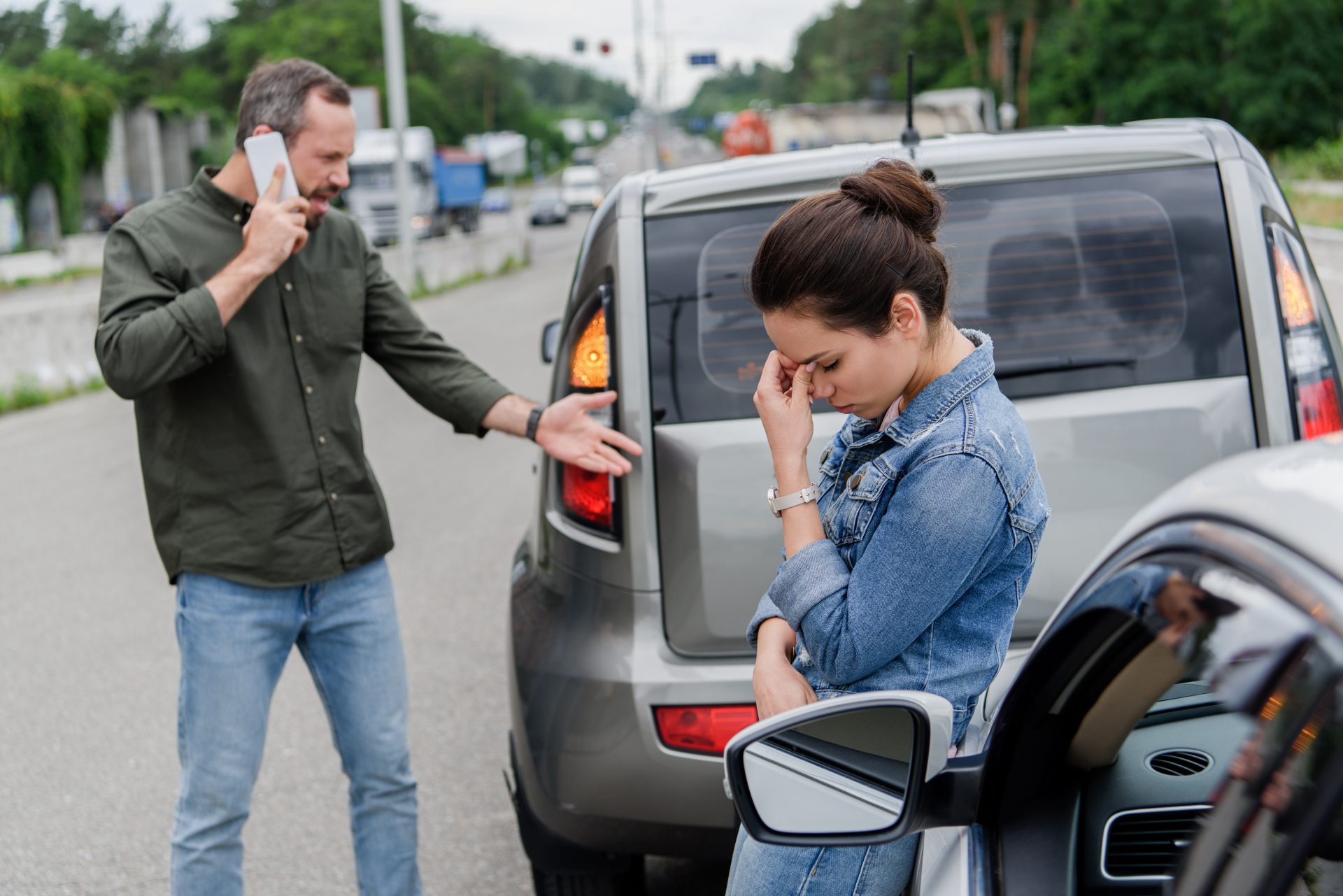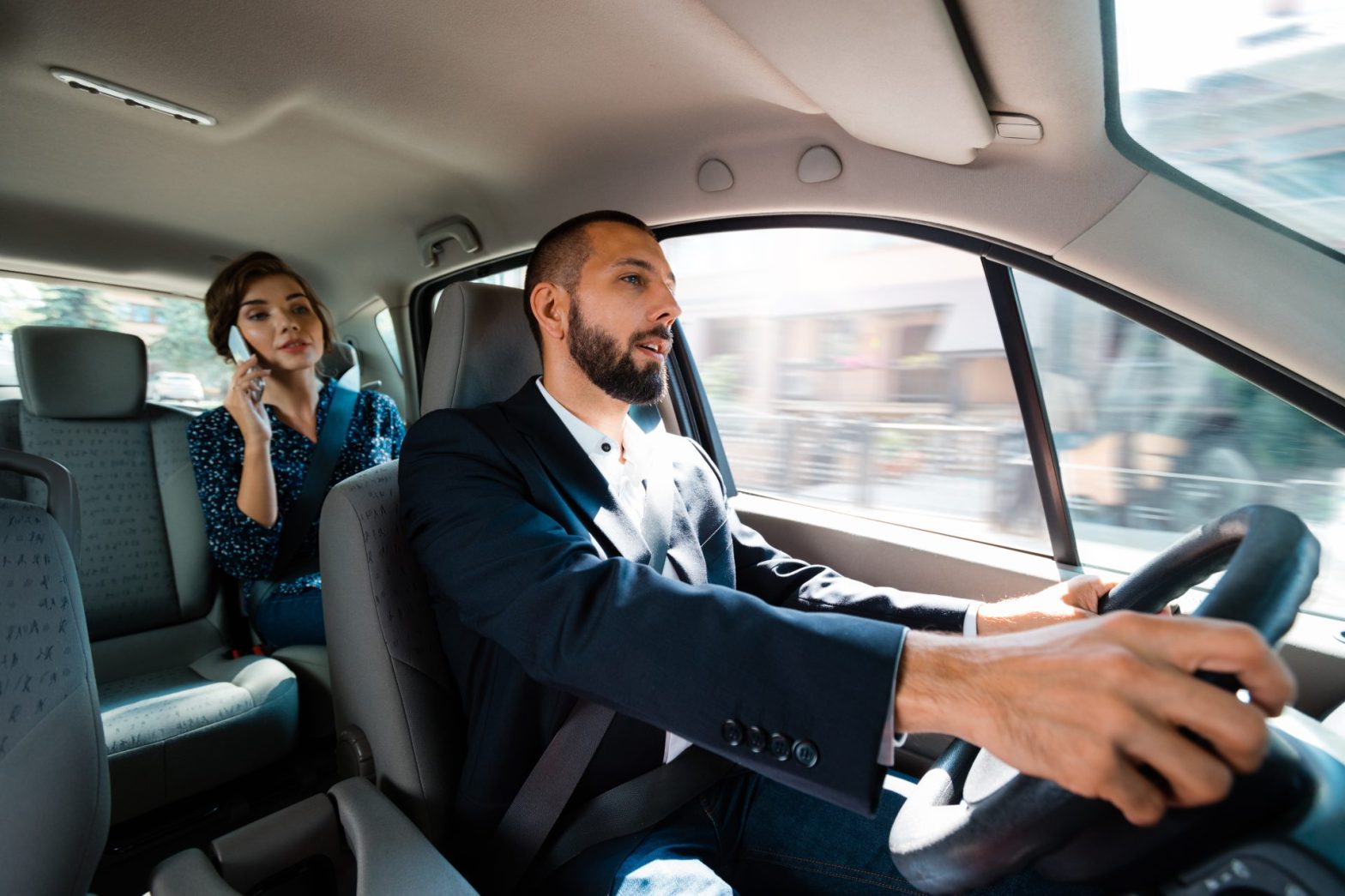Uber, Lyft, and other ridesharing apps have given people easy means to avail of personal transportation, often in a matter of minutes. Besides, they’re also more affordable than traditional taxis. However, what happens if you’re involved in an accident, either as a passenger or a driver? Do you know where you stand when it comes to seeking damages? If you find yourself lost or confused in any such situation, gathering some basic knowledge and getting in touch with a rideshare accident lawyer might be in your best interest.
How Ridesharing Insurance Works
New York State laws govern insurance requirements for ridesharing or transportation network companies (TNCs) in the state. However, as per laws in New York City, drivers of ridesharing companies or transportation network companies (TNCs) also need to have commercial auto insurance, as required by the New York City Taxi and Limousine Commission (TLC).
Just who is liable to pay for damages that arise because of an Uber or a Lyft accident depends on multiple factors.
Driver Not Logged in to the App
If an Uber/Lyft accident takes place before a driver logs in to the ridesharing app, you cannot hold the ridesharing company liable. Instead, you need to seek damages from the driver or the insurance company. Bear in mind that all Uber and Lyft drivers need to purchase auto insurance, and you may file a claim to seek damages from the insurance provider in question. However, the maximum you may claim depends on the amount mentioned in the policy. In case of minimum liability coverage, you might need to seek damages from the driver too.
Driver Logged in – Trip Not Started
Ridesharing companies need to provide insurance coverage in the event accidents take place after drivers log into their apps, even if a trip is yet to start. In this case, if a driver is a fault, coverage stands at a maximum of:
- $75,000 per person’s bodily injury or death
- $150,000 per accident to cover bodily injury or death
- $25,000 for property damage
- $25,000 as uninsured/underinsured motorist (UM) protection
- $200,000 as personal injury protection (PIP) or no-fault insurance ($50,000 in the rest of New York State)

Driver Accepts a Ride
Ridesharing companies need to provide higher levels of coverage for drivers and passengers once a trip is underway.
- $1,250,000 for bodily injuries and death, as well as property damage
- $1,250,000 for bodily injuries and death resulting owing to uninsured/underinsured motorists
- $2,500 if drivers already have comprehensive collision coverage
Bear in mind that the insurance policies of ridesharing companies are secondary to their drivers’ personal policies. You may seek damages from them only if the damages you seek are more than the amount a driver’s insurance company is willing to provide. If this aspect seems confusing, you may consider discussing it with a ridesharing accident lawyer.
Whose Liability Is It Anyways?
The best rideshare accident lawyers agree on the fact that there’s no single entity that one may hold liable for an Uber or a Lyft accident. According to the comparative negligence rules of New York, you might hold any party that contributes to your accident liable. These may include:
- Uber/Lyft drivers
- Drivers of other motor vehicles
- Bicyclists
- Pedestrians
- Transit companies
- Government companies
- Manufacturers or sellers of defective products that played a role in your accident
Rideshare accident lawyers are adept at identifying who might be responsible for causing an accident or an injury. They may end up holding multiple parties liable, which could then increase the likelihood of getting suitable compensation. They can also help you determine if you need to seek compensation from your own insurance provider, given the no-fault insurance laws that prevail in New York.
Common Causes of Ridesharing Accidents
Uber/Lyft accident attorneys who’ve been in business for a long time know that such accidents take place because of different reasons. Some of the most common causes include:
- Speeding
- Distractions
- Driver fatigue
- Drunk driving
- Breaking traffic rules
- Illegal/unsafe turns
- Tailgating
- Stopping suddenly
- Not yielding the right of way
- Vehicular problems
- Unfamiliar territory
- Bad weather

Steps to Follow After an Accident
No matter whether you are a passenger or a ridesharing driver, it’s important that you follow a few steps after your accident.
- Move away from traffic
- Look for injuries and call 911 if required
- In case there’s significant damage, call the police
- Gather evidence
- Document the scene by taking pictures
- Ask witnesses for their contact details
- Contact the ridesharing company
- Get in touch with a Uber/Lyft car accident attorney
Is There a Statute of Limitations?
According to Section 214, Chapter 8, Civil Practice Law & Rules of New York, if you wish to file a personal injury lawsuit as the victim of an Uber/Lyft accident, you get three years from the date of the accident to initiate legal proceedings. If you fail to file a case within this time frame, you lose the legal right to seek compensation for your injuries. Ideally, you should contact an NYC rideshare accident lawyer as soon as possible. This is because witnesses might not remember details clearly and there is a possibility of missing out on evidence with the passing of time.
Damages That Compensation Might Cover
Uber/Lyft accidents can result in life-altering injuries as well as loss of life. While compensation might not be able to cover pain and suffering, it can help mitigate the situation. Good Uber & Lyft accident lawyers know how to deal with any such scenario, and they can help identify damages for which you might be able to seek compensation. These include, but do not limit to:
- Hospital/medical expenses
- Physical/mental suffering
- Disability
- Loss of income
- Loss of companionship
- Property damage
- Wrongful death
Conclusion
If you or someone you know has been involved in an Uber or a Lyft accident, one of the first things to do is get in touch with the best rideshare accident lawyer you can find. Your attorney can then analyze your case, help you understand what to expect, answer your questions, offer expert advice, and try to get the maximum compensation amount possible.

